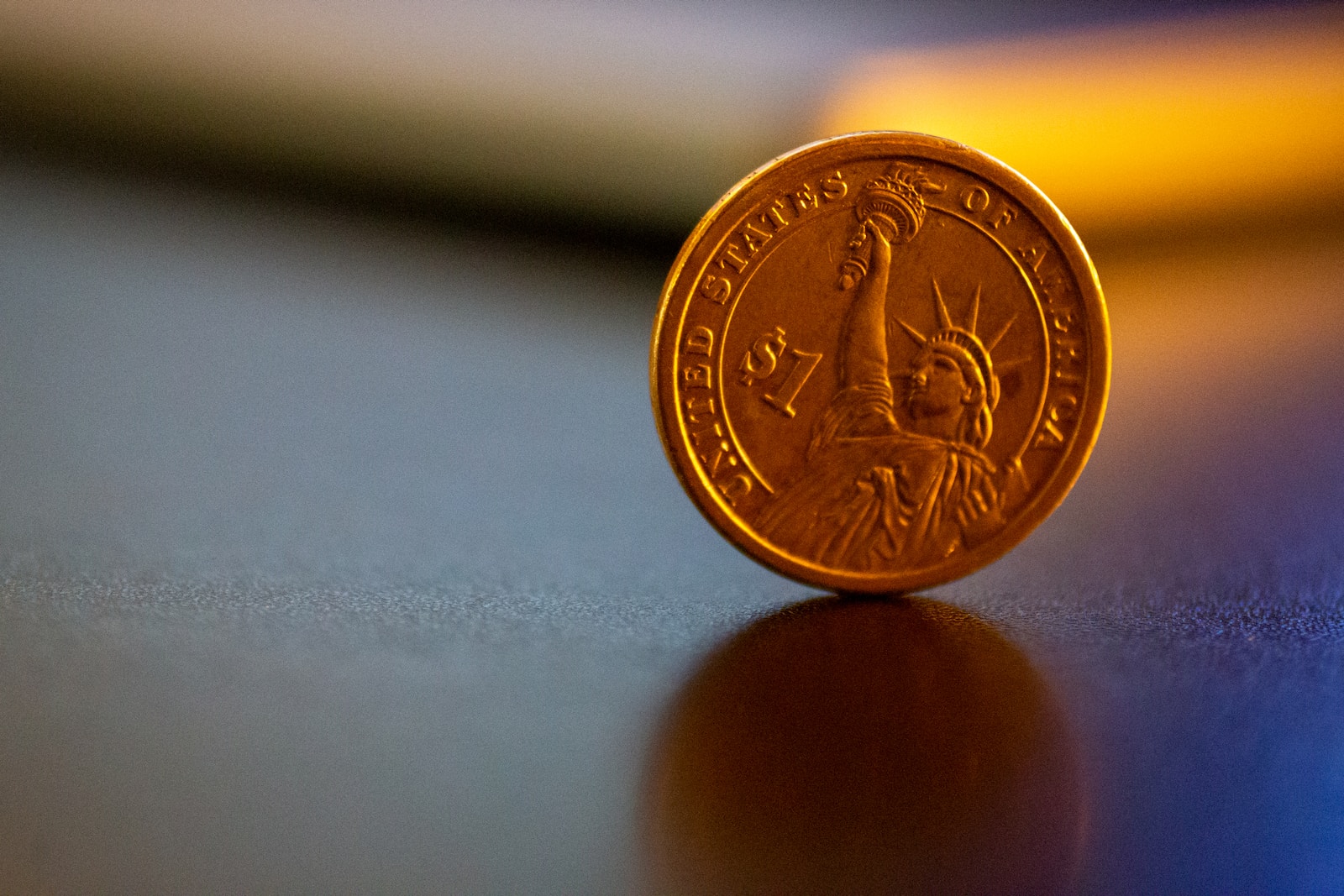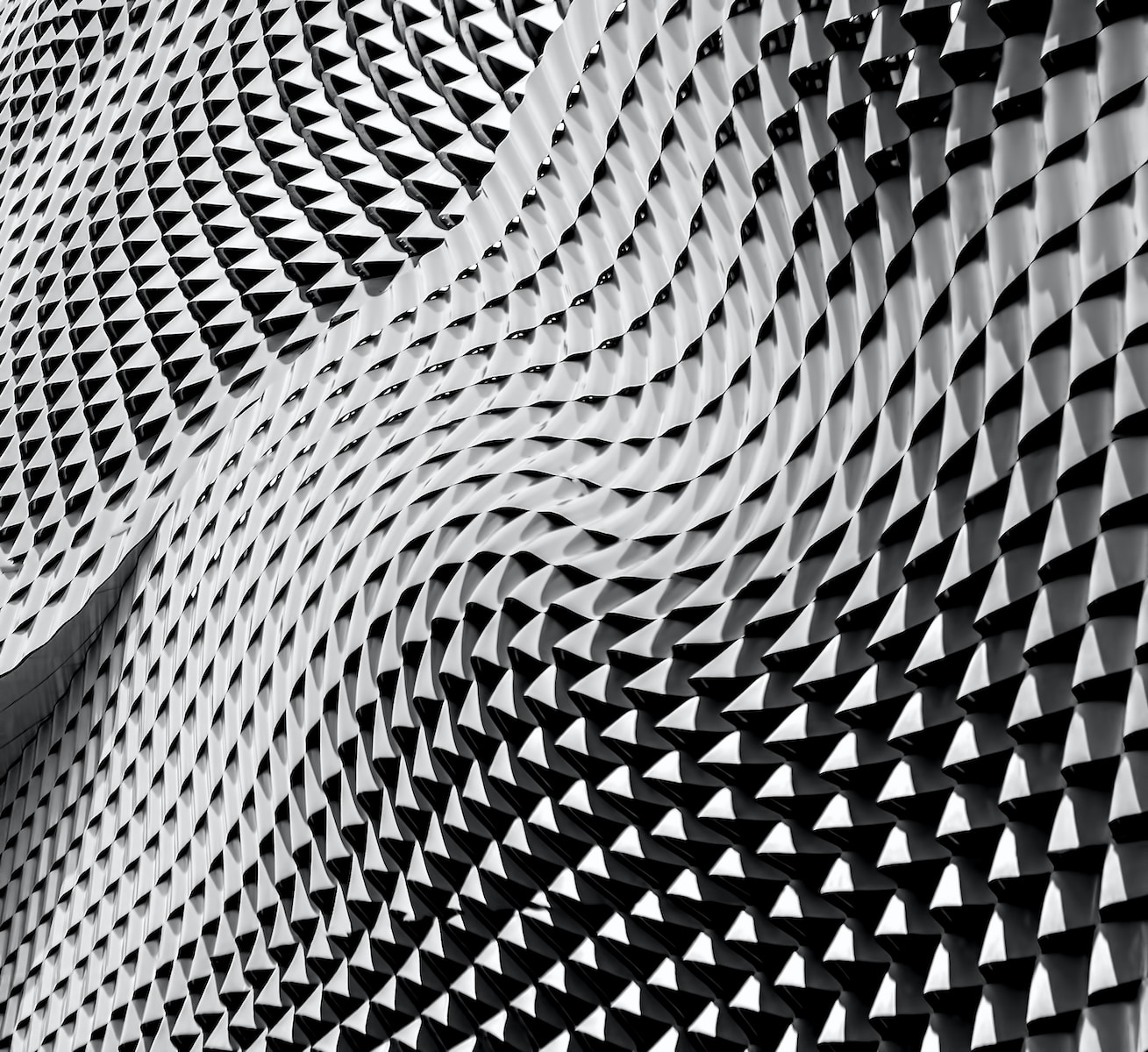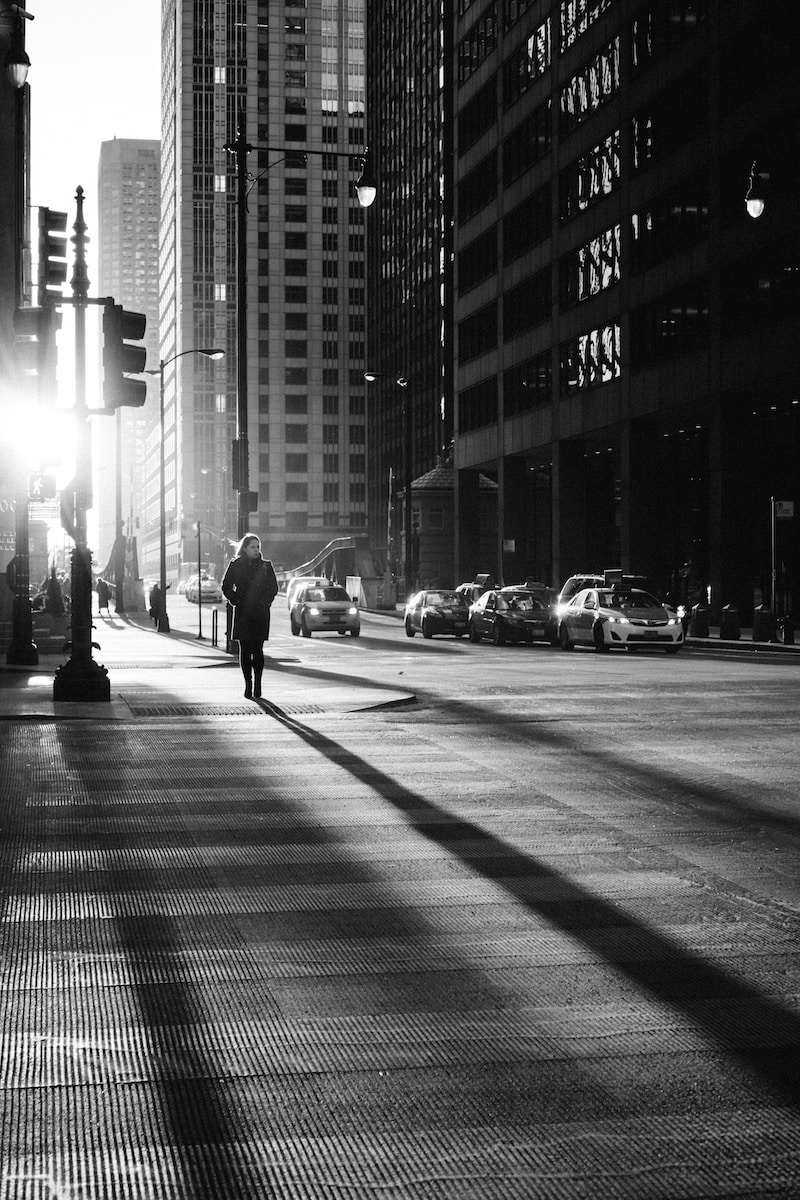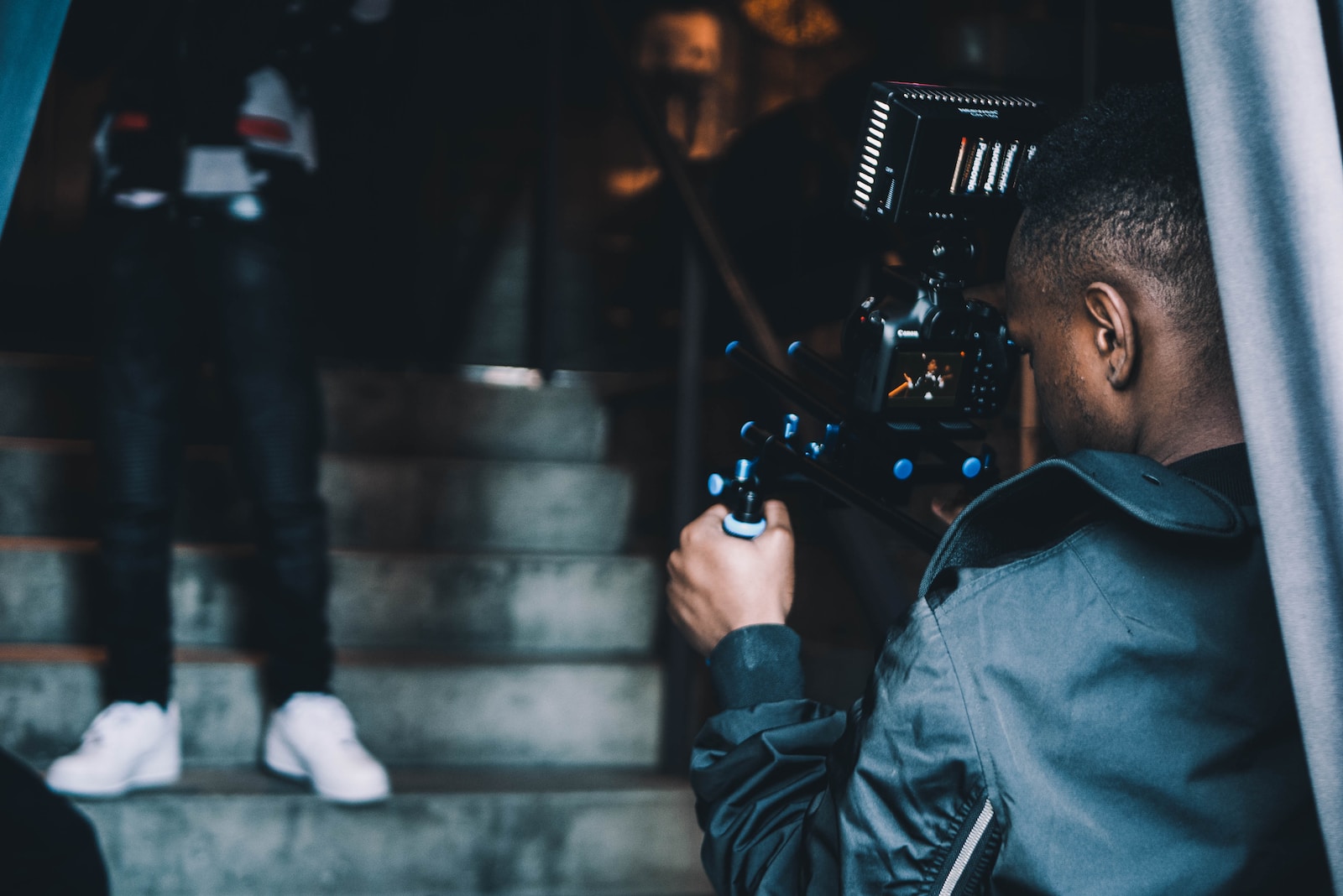Welcome to the captivating world of numismatics, where centuries of history lie within the palm of your hand. Are you ready to embark on a journey that combines the artistry of rare coins with the scientific precision of macro photography? In this blog, we will delve into the essential tips and tricks to help you capture the intricate details and timeless beauty of coins through your camera lens. Get ready to unlock the secrets of this fascinating art form and discover the hidden treasures waiting to be unveiled.
Table of Contents
- Capturing the Intricate Beauty of Rare Coins
- Mastering the Art of Coin Photography: Capturing the Essence of Numismatics
- Frequently Asked Questions
- 1. How can I photograph rare coins to capture their true beauty?
- 2. What camera settings should I use for coin photography?
- 3. Are there any specific techniques to minimize glare and reflections on coin surfaces?
- 4. What is the best background for coin photography?
- 5. Are there any post-processing techniques to enhance coin photos?
- 6. Where can I find more resources and guides on coin photography?
- Wrap Up
Capturing the Intricate Beauty of Rare Coins
When it comes to numismatics, there is a certain allure in the world of rare coins that captivates collectors and enthusiasts alike. The rich history, intricate details, and incredible craftsmanship that go into creating these treasures make them truly fascinating subjects to capture through the lens of a camera. In this guide, we will explore the essential tips and techniques to help you master the art and science of coin photography.
Macro Photography: Revealing the Finest Details
Macro photography is an indispensable technique when it comes to capturing the intricate beauty of rare coins. This photographic approach allows you to magnify even the tiniest details, revealing the exquisite artistry and craftsmanship that might otherwise go unnoticed.
To achieve stunning macro shots, ensure you have a macro lens capable of capturing sharp and detailed close-ups. Set up your lighting carefully to eliminate shadows and emphasize the coin’s features. Experiment with different angles to capture the unique relief of the design and the shimmering texture of the metal.
Lighting: Enhancing the Drama and Depth
The right lighting can make all the difference in coin photography, adding dimension, drama, and depth to your shots. Experiment with different lighting setups to highlight the coin’s design and create an eye-catching image.
Consider using a combination of natural light and artificial lighting sources. Soft diffused light can help emphasize the details and textures of the coin, while bright direct light can create striking contrasts. Utilize reflectors or bounce cards to manipulate the light and bring out the coin’s best features.
Remember to pay attention to the coin’s surface and adjust the lighting accordingly. Coins with reflective surfaces require careful positioning to avoid unwanted glare and reflections.
By combining macro photography with effective lighting techniques, you can bring out the hidden beauty of rare coins and create awe-inspiring images to showcase their intricate details.
Did you know that the first coins ever minted date back to the 7th century BC? These ancient coins were made of electrum, a natural alloy of gold and silver, and were used in Lydia, a region that is now part of modern-day Turkey.
The Art and Science of Coin Photography: Capturing the Intricate Details
When it comes to capturing the exquisite beauty of rare coins, having the right camera and equipment is crucial. While there are numerous options available, here are two great choices to consider:
- Macro Lens: A macro lens is a must-have for coin photography. Its ability to focus closely and capture intricate details is unmatched. With a focal length of around 100mm, you can achieve life-size or even larger images of the tiny details on the coins, revealing their true craftsmanship.
- Extension Tubes: If investing in a macro lens isn’t feasible, extension tubes can be an excellent alternative. These budget-friendly attachments fit between the camera body and the lens, allowing for closer focusing distances. While they may not offer the same level of optical quality as a dedicated macro lens, they still provide a significant improvement in capturing the fine details of coins.
Other Essential Equipment
In addition to the camera and lens, here are some other key equipment that can enhance your coin photography:
- Tripod: A stable support system is essential for capturing sharp images, especially when using high magnification. A tripod ensures that the camera remains steady, minimizing any unwanted blurriness caused by camera shake.
- Remote Shutter Release: To further eliminate any potential camera shake, a remote shutter release is invaluable. By remotely triggering the camera’s shutter, you can avoid any unintentional movement that could affect image sharpness.
- Light Source: Proper lighting is crucial for showcasing the intricate details, textures, and patterns on coins. A quality light source, such as a LED light panel or ring light, can help illuminate the subject evenly while minimizing glare and reflections.
- Reflectors and Diffusers: To control and manipulate the lighting conditions, consider using reflectors and diffusers. Reflectors can bounce light back onto the subject to reduce shadows, while diffusers soften harsh light and create a more pleasing illumination.
Remember, while having the right gear is essential, it’s equally important to understand how to utilize it effectively. Experimenting with different setups, lighting angles, and camera settings will help you achieve breathtaking coin photographs.
So whether you opt for a macro lens or extension tubes, invest in a sturdy tripod, or fine-tune your lighting setup with reflectors and diffusers, each piece of equipment plays a vital role in capturing the intricacy and allure of rare coins.
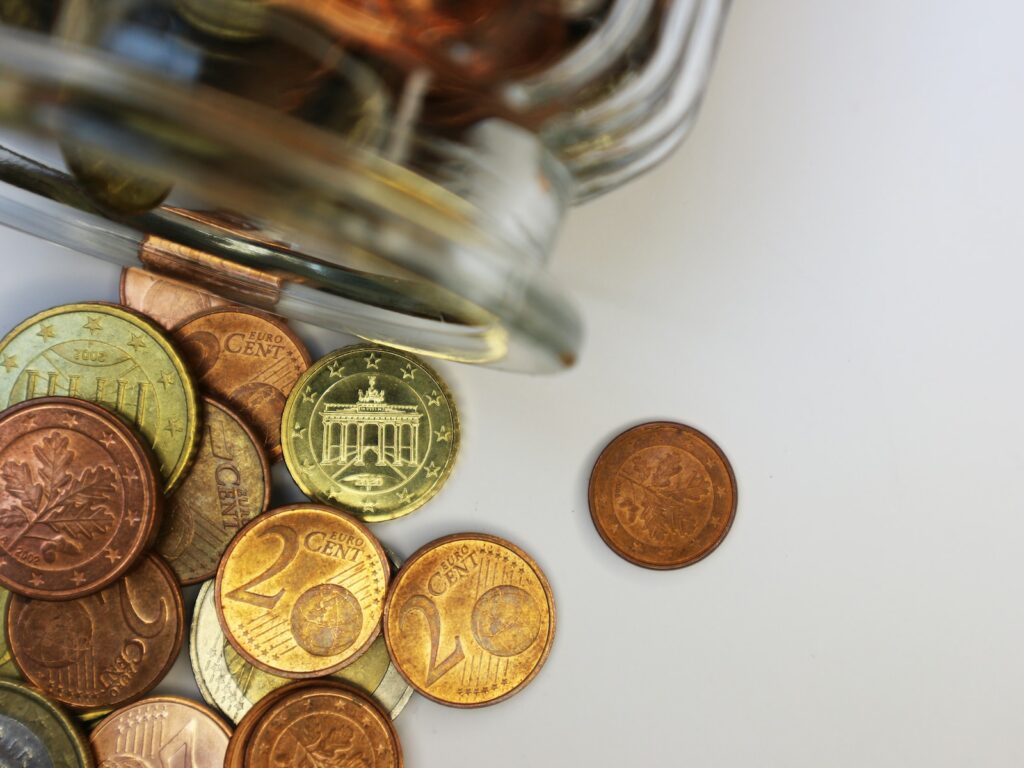
Mastering the Art of Coin Photography: Capturing the Essence of Numismatics
In the world of numismatics, where every coin tells a story of the past, capturing the beauty and intricacy of these rare pieces is an art form in itself. Coin photography allows us to explore the details that may go unnoticed by the naked eye and document the historical significance of these cherished objects. To truly capture the essence of numismatics through photography, timing is everything.
The best time to embark on a coin photography journey depends on various factors. One crucial aspect to consider is natural lighting conditions. Ideally, photographing coins during the spring and summer months provides ample natural light, as the longer days and sunlight create an ideal environment for capturing the intricate details and nuances of each coin. During these seasons, the natural light enhances the coin’s colors and textures, allowing you to showcase their stunning features.
Exploring Vantage Points and Camera Positions for Stellar Coin Photography
When it comes to coin photography, choosing the right vantage point and camera position can make a world of difference. Here are a few techniques to help you capture captivating images of these rare treasures:
- Close-Up Macro Shots: To truly appreciate the fine details of a coin, a macro lens is your best friend. Get up close and personal with the coin, filling the frame with its intricate designs. The macro lens allows you to capture the finest details, such as engravings or small imperfections, revealing the unique story behind each coin.
- Angled Shots to Highlight Depth: Experimenting with different angles can create visually engaging compositions. By angling your camera slightly off-center or tilting it, you can add depth and dimension to your images. Play with perspective and explore the coin’s three-dimensional features to create a sense of intrigue.
- Creative Lighting Techniques: Manipulating light is vital when photographing coins. Experimenting with different lighting techniques, such as using a lightbox or employing natural light from varying angles, can bring out the coin’s texture and create captivating shadows. Don’t be afraid to experiment and see how different lighting conditions impact the overall mood and visual appeal of your photographs.
- Reflective Surfaces and Backgrounds: Incorporating reflective surfaces and backgrounds can add an artistic touch to your coin photography. Experiment with placing the coin on a mirror, glass, or reflective backdrop to capture its reflections and create striking visual effects.
Remember, each coin has its unique story to tell, and through your lens, you have the power to immortalize its history. So, venture out into the mesmerizing world of coin photography, armed with these tips and tricks, and let your creativity soar as you capture the fascinating intricacies of numismatics.
When photographing rare coins, use a macro lens to capture intricate details. Set a narrow aperture (high f-stop) for a greater depth of field, resulting in sharp focus across the coin's surface. Use a tripod and remote shutter release to avoid camera shake. Experiment with lighting angles and diffusers to minimize reflections and showcase the coin's features.
Frequently Asked Questions
1. How can I photograph rare coins to capture their true beauty?
To capture the true beauty of rare coins, it is essential to have proper lighting and a high-quality camera. Use a macro lens to capture intricate details and ensure a sharp image. Experiment with different angles and perspectives to showcase the unique features of each coin.
2. What camera settings should I use for coin photography?
For coin photography, it is recommended to use a small aperture (high f/stop number) to maximize depth of field and ensure the entire coin is in focus. Use a low ISO setting to minimize noise, and a tripod for stability. Adjust the white balance to accurately capture the color and details of the coin.
3. Are there any specific techniques to minimize glare and reflections on coin surfaces?
To minimize glare and reflections, use a polarizing filter on your camera lens. Additionally, position the coin in an angle where the light source is not directly reflected on its surface. Experiment with different positions and tilts to find the best angle that minimizes unwanted reflections.
4. What is the best background for coin photography?
The best background for coin photography is plain and preferably non-reflective. A black or white background works well to highlight the details and contrast of the coin. Experiment with different backgrounds to find the one that complements the coin’s features the best.
5. Are there any post-processing techniques to enhance coin photos?
Yes, post-processing techniques can enhance the quality of your coin photos. Use software such as Adobe Photoshop or Lightroom to adjust the exposure, sharpness, and color balance. Be careful not to overdo the editing and maintain the natural appearance of the coin.
6. Where can I find more resources and guides on coin photography?
You can find more resources and guides on coin photography through online communities, photography forums, and numismatic websites. Join photography groups, participate in discussions, and seek insights from experienced coin photographers to further enhance your skills.
Wrap Up
In conclusion, coin photography is a captivating blend of art and science, allowing us to appreciate and document the intricate details of rare coins. With these essential tips in mind, you can now embark on your own journey to capture the beauty and fascination of numismatics through stunning photographs. Remember to invest in a good macro lens and learn the technical aspects of your camera to achieve the best results. As you continue to practice and experiment, your skills in coin photography will only improve. So why wait? Grab your camera and start exploring the centuries of history that can fit right in the palm of your hand!
I would love to hear about your experiences with coin photography. Leave a comment below and let’s discuss your discoveries, challenges, and successes in the world of numismatic photography. Don’t hesitate to share your favorite tips or ask any questions you may have – I’m here to help you on your coin photography journey. Let’s capture the art and science of coins together!
